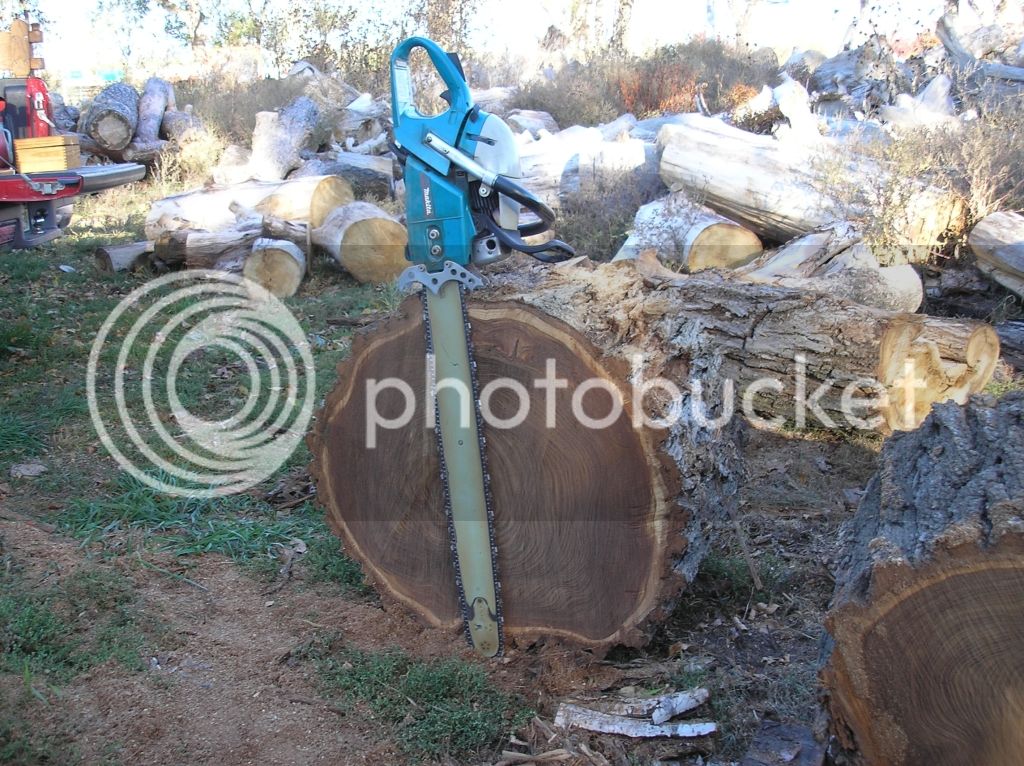So, I have a bunch of green elm that I am cutting up that was just blown down by storms. When cross cut, the ends are deep red as fire. The bark is scraggly and thick. Moisture content is high. I also cut some more last November, and today it splits very well--not stringy at all. That tree was huge.
Someone told me that when dry, both burn hotter than a $2 pistol. That has also been my experience. So, how can I tell whether it's Siberian or Red elm? Finally, should I really be concerned?
Someone told me that when dry, both burn hotter than a $2 pistol. That has also been my experience. So, how can I tell whether it's Siberian or Red elm? Finally, should I really be concerned?



























































